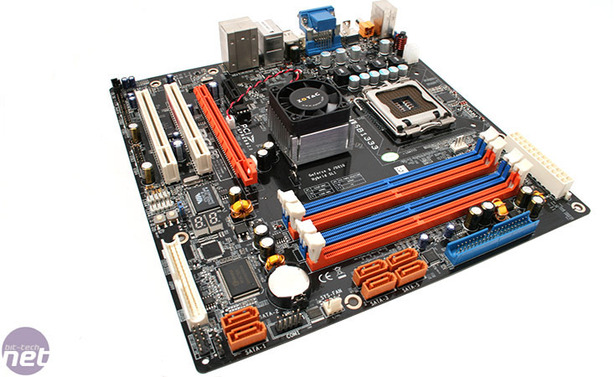Zotac GeForce 9300 (MCP7a) motherboard
October 15, 2008 | 14:06

Testing Methods
With the exception of SiSoft Sandra, HD Tach and Lavalys Everest, all of our benchmarks have been engineered to give you numbers that you are likely to find useful when actually using the products we have evaluated in the real world.We are also focusing a lot more of our time on evaluating the stability of the motherboards (and platforms) using a stress test designed to highlight any of the potential weaknesses that the product may have. That involves a gradually increasing amount of stress starting with Prime95 torture test on all cores and expanding to a looping 3DMark06. This is to ensure that all parts of the system are stressed simultaneously over a period of time.
We believe that the consumer is never likely to subject their platform to this level of stress and we are not expecting every product to complete an entire extended stress test. However, most poorly engineered products fail within the first couple of hours, or even minutes, allowing us to make a conscious decision on whether a motherboard (or platform) is worth your money, regardless of how well it performs in our benchmarks.

Test Setup:

We did try to test a currently retailing Intel Core 2 Duo E5200 CPU against AMD's power efficient Athlon X2 4850e 45W CPU, however we were unable to obtain a sample in time. Instead we matched another low power CPU, Intel's previously inexpensive E6400 at 2.13GHz against AMD's recent BE-2350 CPU also at 2.1GHz. Both systems used 2GB of dual channel 800MHz memory at 5-5-5-15-2T to provide a uniform comparative.

MSI MPG Velox 100R Chassis Review
October 14 2021 | 15:04








Want to comment? Please log in.